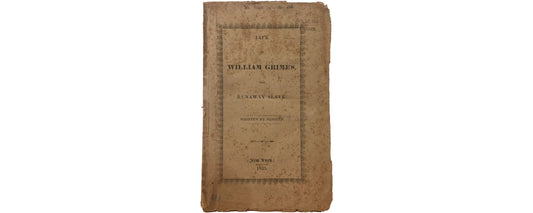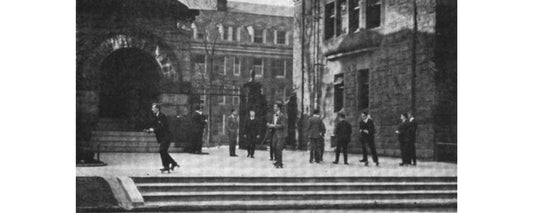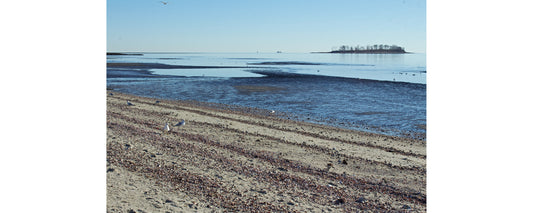The second-floor painting studio at Creative Arts Workshop is a cavernous room with concrete floors and a patchwork of white wallboard. Slanted skylights let in the light of dusk. At one end of the room, teaching artist Steven DiGiovanni has arranged the evening’s still life—a thick book with a red cover, a green apple, a wine bottle and a white marble sculpture of a pair of lips—against a drape of blue cloth. He’s overpainting an earlier demonstration piece with his take on this one, which he’ll continue to work on alongside his students when they arrive shortly for this evening’s three-hour Introduction to Painting class.
Introduction to Painting is just one of 92 offerings on the schedule at CAW this fall, serving everyone from four- to six-year-olds taking “Smart@Art” to adults studying weaving, pottery, metalsmithing, figure drawing, printmaking, digital photography and more. “Everyone” is also meant to include would-be artists from every New Haven neighborhood and beyond. CAW is launching a new effort to make classes affordable for all. A payment plan system aids those who just need to spread out the cost, while a financial aid pilot program allows people to determine how much they can afford to pay without sharing reams of personal financial information. A straightforward online form is all that’s required. Most classes run for seven weeks at a cost of $105 to $315. The next round of sessions begins in late October or early November.
sponsored by
Seven students arrive for DiGiovanni’s second painting class hauling shopping bags filled with paper and canvas, tape, tubes of paint, brushes and various other accoutrements. Supplies for some classes, such as Sculpture, are provided. Students purchase their own for other classes, such as Book Arts, where they may prefer to pick their own fabrics, paper and other materials. This evening, DiGiovanni begins with a brief lecture on color and how to organize a paint palette. Students are working with a small selection of white, yellow ochre, burnt sienna and ultramarine blue, a limitation designed to challenge them to pay more attention to matching the value and intensity of the colors in the still life and less to matching the hue exactly.
As students begin to tape their canvases to easels and brush on an imprimatura—a thin preliminary layer of glaze or paint—a focused quiet settles over the room. Sneakers squeak on the concrete, paper rustles, the lid of a wooden brush box drops shut. The near silence isn’t exactly meditative. Everyone is working hard. DiGiovanni sees this particularly when he teaches basic drawing classes. “It takes enormous focus,” he says. Learning how to draw “takes a kind of a paradigm shift… so they don’t relax.” The same appears to be true of beginning painters.
That experience is what Vicky Blume, CAW’s community engagement manager, refers to as parallel play. Classes are “about learning, of course,” she says. But it’s “learning with other people and sort of
Part of Blume’s job is to build more partnerships in the community and focus on “telling the story” of CAW’s history and mission to those who might not even know it’s there, tucked in the middle of Audubon Street in a building cut diagonally like a slice of cake, its two-story gallery windows facing a small plaza of stairs. New staff have also been brought on in Visitor Services to answer questions and figure out what both students and the general public need.
DiGiovanni’s students will spend three focused hours laboring on their efforts this evening to represent a book, an apple, a bottle and a pair of lips. But the product that’s most important, he says, isn’t what ends up on the canvas. He tells the story of a former student who came to class knowing exactly what she wanted to do. He let her know he was there to answer questions when she had them—and off she went. “Really, what’s important, more than developing particular skills,” he says, “is that one is comfortable with what they’re able to do enough that they’re then able to express themselves…
Creative Arts Workshop
80 Audubon St, New Haven (map)
New classes begin late Oct / early Nov
(203) 562-4927 | vblume@creativeartsworkshop.org
www.creativeartsworkshop.org/courses
Written and photographed by Kathy Leonard Czepiel. Images 1 and 3 feature Steven DiGiovanni.








